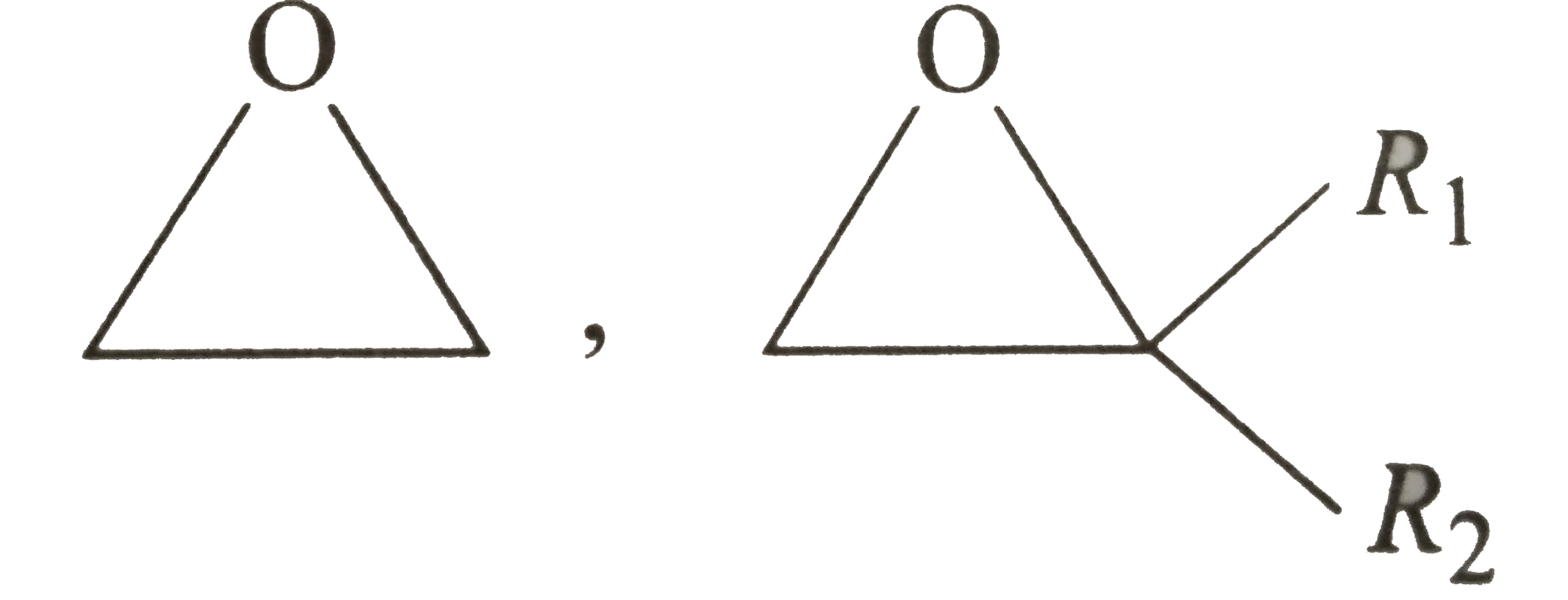Which of the following sequence of reactions (reagent ) can be used for the conversion of C6H5CH2CH3 into C6H5CH=CH3
SOCl2,H2O
SO2Cl2,alc.KOH
Cl2/hv,H2O
SOCl2 , alc. KOH
The correct Answer is:B
To convert C6H5CH2CH3 (ethylbenzene) into C6H5CH=CH3 (styrene), we can follow these steps:
Step 1: Chlorination
First, we need to introduce a chlorine atom into the molecule. This can be done by reacting ethylbenzene with thionyl chloride (SOCl2) under high temperature. The reaction will convert the CH2 group into a CHCl group.
Reaction:
\( C6H5CH2CH3 + SOCl2 \rightarrow C6H5CHClCH3 + HCl + SO2 \)
Step 2: Elimination Reaction
Next, we will perform an elimination reaction to remove the chlorine and a hydrogen atom from the adjacent carbon. This can be achieved through an E2 elimination mechanism. We will use a strong base, such as sodium ethoxide (NaOEt), to facilitate this elimination.
Reaction:
\( C6H5CHClCH3 + NaOEt \rightarrow C6H5CH=CH3 + NaCl + EtOH \)
Final Product
After the elimination reaction, we obtain the desired product, C6H5CH=CH3 (styrene).
Summary of Reagents Used:
1. Thionyl chloride (SOCl2) at high temperature.
2. Sodium ethoxide (NaOEt) for the elimination step.
Final Answer
The correct sequence of reactions to convert C6H5CH2CH3 into C6H5CH=CH3 is:
1. C6H5CH2CH3+SOCl2(hightemperature)→C6H5CHClCH3
2. C6H5CHClCH3+NaOEt→C6H5CH=CH3
First, we need to introduce a chlorine atom into the molecule. This can be done by reacting ethylbenzene with thionyl chloride (SOCl2) under high temperature. The reaction will convert the CH2 group into a CHCl group.
\( C6H5CH2CH3 + SOCl2 \rightarrow C6H5CHClCH3 + HCl + SO2 \)
Next, we will perform an elimination reaction to remove the chlorine and a hydrogen atom from the adjacent carbon. This can be achieved through an E2 elimination mechanism. We will use a strong base, such as sodium ethoxide (NaOEt), to facilitate this elimination.
\( C6H5CHClCH3 + NaOEt \rightarrow C6H5CH=CH3 + NaCl + EtOH \)
After the elimination reaction, we obtain the desired product, C6H5CH=CH3 (styrene).
1. Thionyl chloride (SOCl2) at high temperature.
2. Sodium ethoxide (NaOEt) for the elimination step.
The correct sequence of reactions to convert C6H5CH2CH3 into C6H5CH=CH3 is:
1. C6H5CH2CH3+SOCl2(hightemperature)→C6H5CHClCH3
2. C6H5CHClCH3+NaOEt→C6H5CH=CH3
Topper's Solved these Questions
- HYDROCARBONBOOK - ERRORLESS CHAPTER - HYDROCARBONEXERCISE - ORDINARY THINKING (Objective question) (ALKYNE)
120 Videos
- HYDROCARBONBOOK - ERRORLESS CHAPTER - HYDROCARBONEXERCISE - ORDINARY THINKING (Objective question) (AROMATIC HYDROCARBON)
128 Videos
- HYDROCARBONBOOK - ERRORLESS CHAPTER - HYDROCARBONEXERCISE - JEE SECTION (Matrix Match type questions)
6 Videos
- HALOGEN CONTAINING COMPOUNDBOOK - ERRORLESS CHAPTER - HALOGEN CONTAINING COMPOUNDEXERCISE - Critical Thinking (Jee (Advanced) 2018)
1 Videos
- IONIC EQUILIBRIUMBOOK - ERRORLESS CHAPTER - IONIC EQUILIBRIUMEXERCISE - JS Jee Section (JEE Advanced (Numeric answer type question))
1 Videos
Similar Questions
Knowledge Check
Which of the following sequence of reaction (reagents) can be used for conversion of C6H5CH2CH3 into C6H5CH=CH2 ?
ASOCl2,H2OBSO2Cl2 alc KOHCCl2/hv,H2ODCOCl2 , alc KOHWhich of the following sequence of reaction (reagents) can be used for conversion of C6H5CH2CH3 into C6H5CH=CH2 ?
ASOCl2,H2OBSO2Cl2,alc.KOHCCl2/hv,H2ODSOCl2,alc.KOHC6H5−CH3 is
AIsopropyl free radicalBPhenyl free radicalCBenzyl free radicalDNone of these
Supply the reagents in the following sequence of reations :
(ii)CH4[A]−−→CH3Br[B]−−→C6H5CH3[C]−−→C6H5COOH
View SolutionSupply the reagents in the following sequence of reations :
(ii)CH4[A]−−→CH3Br[B]−−→C6H5CH3[C]−−→C6H5COOH
View SolutionWrite the IUPAC name of
CH3−N(C6H5)−CH2−CH3
View SolutionTotal number of the following ethers that can be prepared by Williamson synthesis is :
C6H5CH2OC6H5,C6H5OC6H5,(CH3)3COCH2CH3,(CH3)3COC(CH3)3,C6H5OCH2CH3,CH3OCH2CH3
View SolutionWhich of the following reagents may be used to accccomplish the conversion?
C6H5H=CH−CH2OH→C6H5CH=CHCHO
View Solution

